Description
Are you ready to put your garage to good use? Often one of the most underutilized spaces for homeowners, there is so much you can do with your garage once it has been properly insulated.
From setting up a home gym, creating a DIY workshop, to operating your own business, whatever your dreams are for your garage area, you will be ready to start realizing them.
Not sure where to start when it comes to insulating your garage? Don’t worry. The below step-by-step guide is exactly what you need to get the job done from start to finish with minimum effort and maximum results.
Ready to get started? This is how to insulate your garage walls.
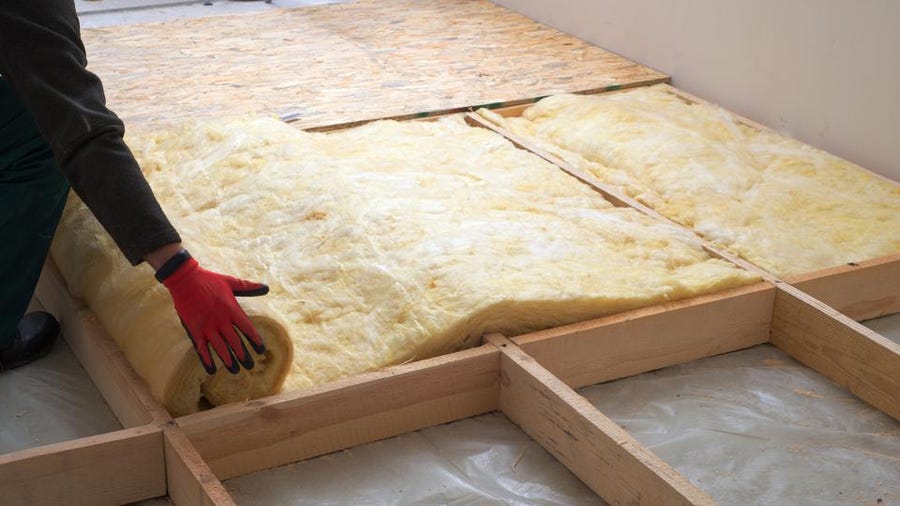
Step 1: Pick the right insulation
There are several different types of insulation that you can choose from, including:
- Rockwool bats and blankets
- Cotton batts
- Loose-fill fiberglass
- Loose-fill cellulose
- Polystyrene structural insulated panels
- Polyisocyanurate structural insulated panels
Although there are advantages and disadvantages to each type, if you want insulation that is easy to lay and that can be used in all areas, including the floors, ceilings, and walls, then your best option is fiberglass insulation rolls and bats. The most commonly used insulation for garages, it is sold in rolls and bags and comes in different R values based on how effective it is at insulating a space.
You can also get loose-fill fiberglass which is suitable for blowing into a garage attic space above a finished ceiling.
Step 2: Clear the walls
Many garages have drywall which is a dry form of plaster that has been used to create the inside walls. This needs to be removed before you can add any insulation. Depending on the size of your garage, you may be left with a lot of old plaster that needs to be safely disposed of. The quickest and most cost-effective way to do this is by renting a residential dumpster.
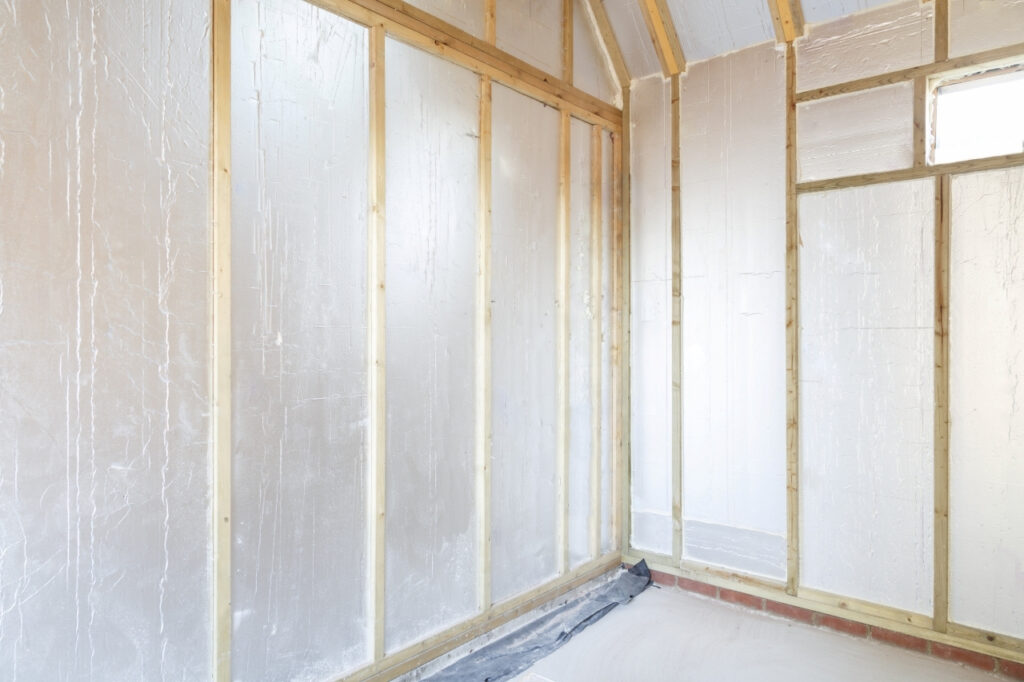
Once you have removed the drywall, you need to make sure that you also clear out any dirt from the stud wall cavities, as well as clean any mold that may have appeared.
Step 3: Identify gaps in the walls
If you notice any gaps or cracks in your garage walls, you need to deal with these before you install your chosen insulation. The easiest way to fill in any gaps or cracks is with an expanding foam spray. There are several popular brands that you can choose from online, and each one will come with instructions on how to use them.
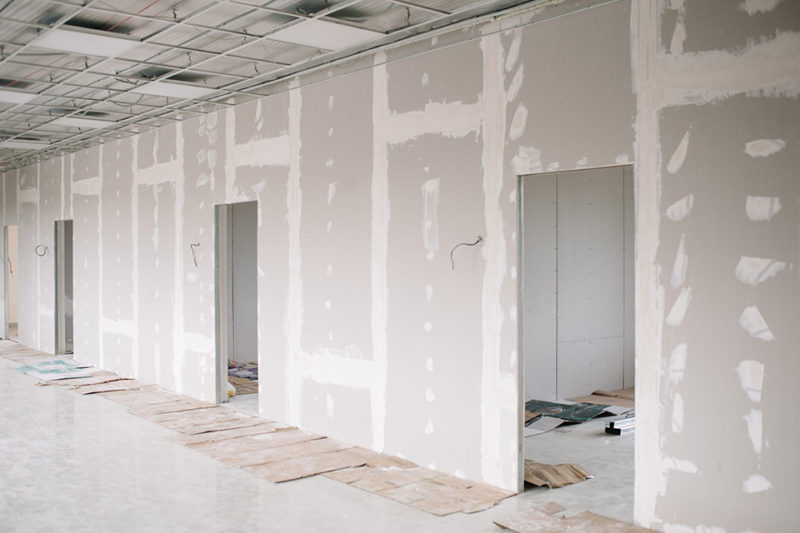
Make sure that you only fill the gaps around 50% full, as the foam will continue to expand once it has been sprayed in. It should take roughly 8 hours for the foam to fully expand and harden.
Step 4: Install the insulation
If you have chosen to use fiberglass insulation, this step is incredibly straightforward. All you need to do is staple the paper face of the insulation to the side of the stud. Be sure to leave the face of the stud exposed so that you can install the drywall on top of your insulation once complete.
Cut the insulation to the optimal size using a piece of wood as a guide and a utility knife to cut away any excess. Finally, staple the insulation all the way down the side of the stud.
Step 5: Cover with drywall
Once you have installed the insulation on all the walls in your garage, you now have to screw and glue the drywall to the stud. If you are tempted to skip this step, you should know that leaving the paper of the insulation exposed is a fire hazard and is, therefore, highly unrecommended.
How to insulate your garage ceiling
If you are planning to spend a lot of time in your garage, especially during the winter months, then you will need to insulate the ceiling as well as the walls. This is because heat rises and will escape through the ceiling, leaving you feeling more than a little chilly.
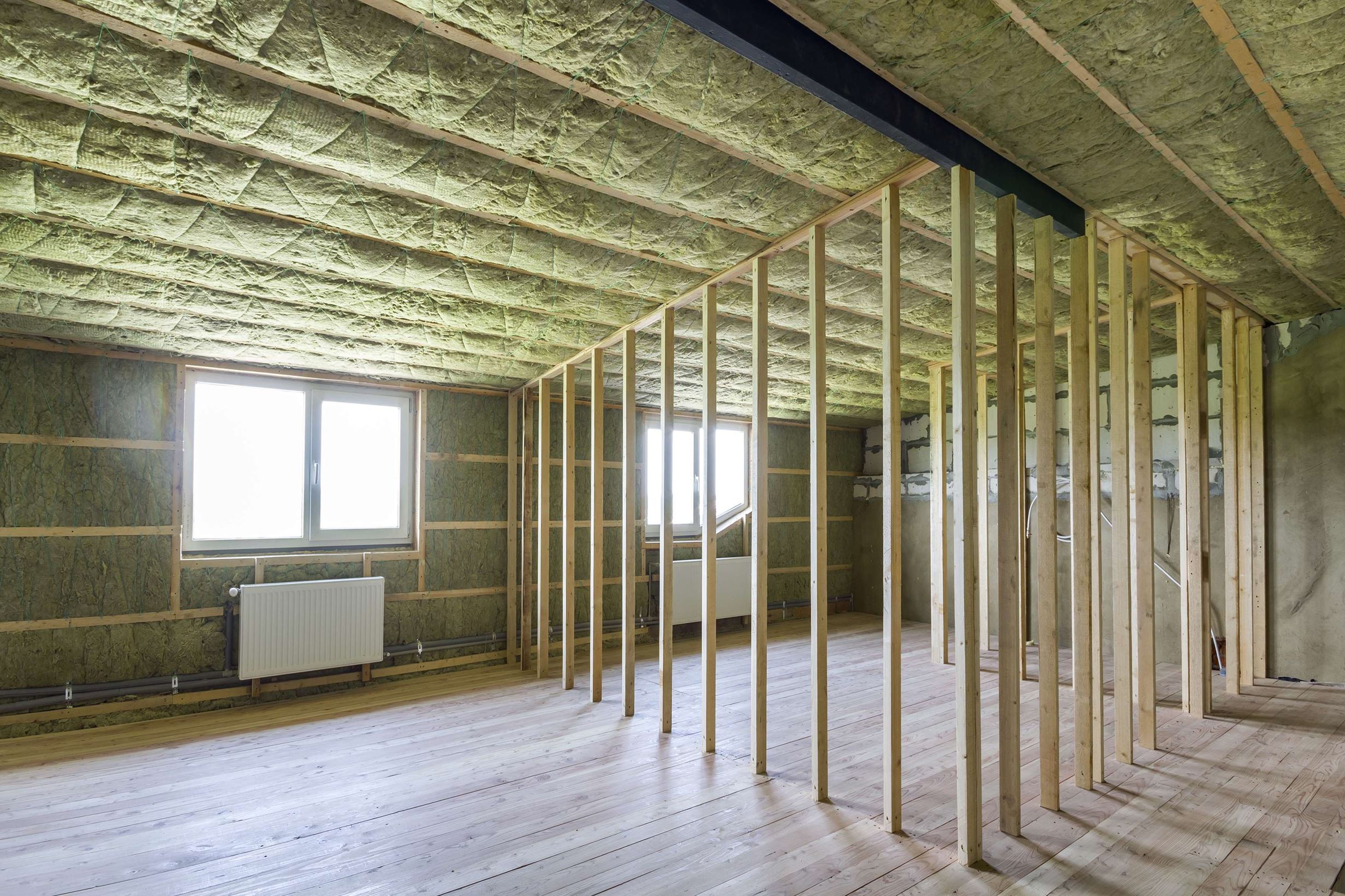
Fortunately, the process of insulating your garage ceiling is much the same as insulating the walls, except you should use insulation with a higher R-value. Ideally, pick R-40 insulation as this is thicker and will prevent you from losing heat through your garage roof.
How to insulate your garage floor
Although you may not think you need to, garages that do not have insulated floors can become incredibly cold. Therefore, if you plan to use your garage all year round, you need to invest in underfloor insulation.
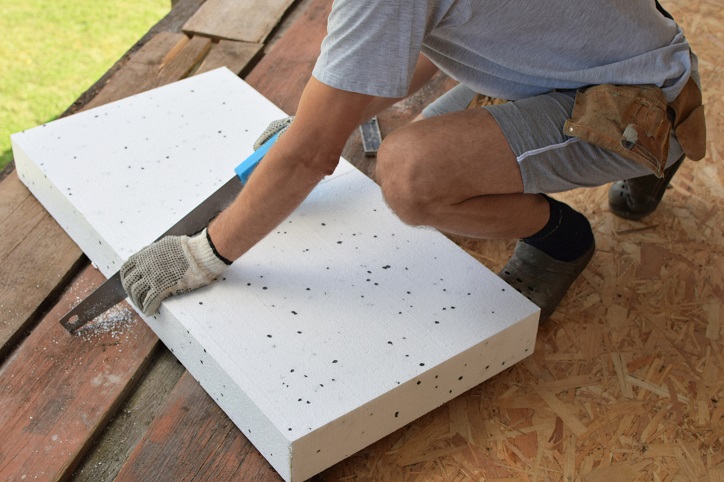
There are two main ways to insulate concrete floors in a garage:
- You can attach wooden sleepers to the floor, fill the gaps with rigid foam insulation and then apply a subfloor and finish flooring.
- You can cover the slab with rigid foam insulation, add two layers of plywood and then add the finish flooring.
If your garage is prone to moisture and puddling, you may want to consult a building engineer before covering the floor as you may require a special drainage system.
How to insulate your garage door
You may not have realized that you can insulate your garage door, but you can. That being said, you may experience issues with the door opening and closing due to the extra weight of the insulation. If possible, you may want to invest in a brand new, insulated door rather than trying to add insulation to your existing one.
If you do want to save a few hundred dollars, you can buy DIY insulation kits for garage doors online. Air sealing is particularly important if you are insulating your garage door yourself. Be sure to create a seal along the sides and top of the door with special garage door trim that boasts an integrated weather-seal strip. You should also seal along the bottom of the door with a new rubber gasket or a bottom seal.
Are you ready to start insulating your garage? Find the perfect-sized residential dumpster for your unwanted debris here.
